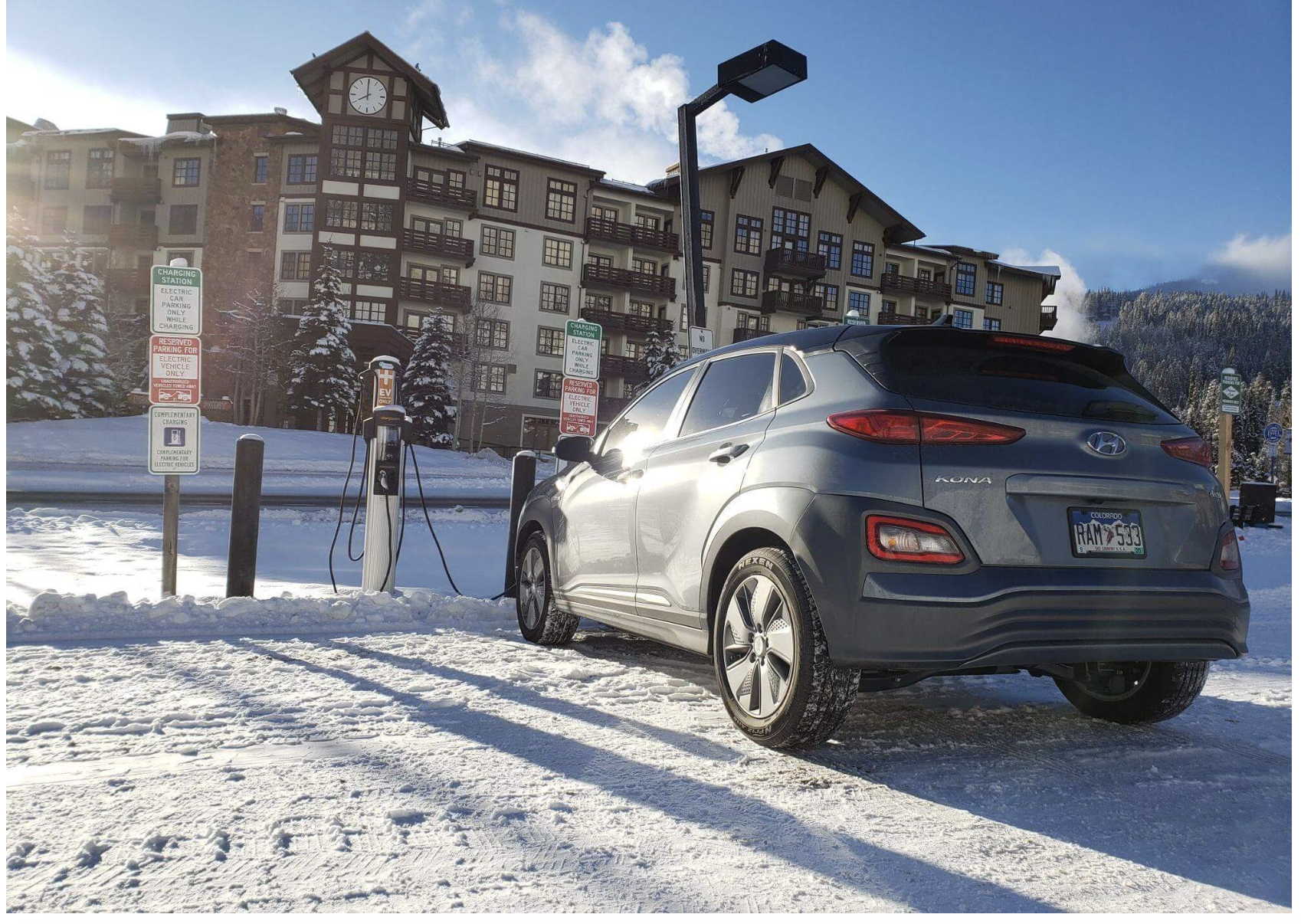This was obvious from the start, and I’ve mentioned it here many times, but now even the Associated Press has noticed the problem
/Two charging ports and just one car? Not likely, soon.
Electric cars not working out for many (home) renters
PORTLAND, Ore. (AP) — Stephanie Terrell bought a used Nissan Leaf this fall and was excited to join the wave of drivers adopting electric vehicles to save on gas money and reduce her carbon footprint.
But Terrell quickly encountered a bump in the road on her journey to clean driving: As a renter, she doesn’t have a private garage where she can power up overnight, and the public charging stations near her are often in use, with long wait times. On a recent day, the 23-year-old nearly ran out of power on the freeway because a public charging station she was counting on was busy.
“It was really scary and I was really worried I wasn’t going to make it, but luckily I made it here. Now I have to wait a couple hours to even use it because I can’t go any further,” she said while waiting at another station where a half-dozen EV drivers circled the parking lot, waiting their turn. “I feel better about it than buying gas, but there are problems I didn’t really anticipate.”
Now, cities from Portland to Los Angeles to New York City are trying to come up with innovative public charging solutions as drivers string power cords across sidewalks, stand up their own private charging stations on city right-of-ways and line up at public facilities.
The Biden administration last month approved plans from all 50 states to roll out a network of high-speed chargers along interstate highways coast-to-coast using $5 billion in federal funding over the next five years. But states must wait to apply for an additional $2.5 billion in local grants to fill in charging gaps, including in low- and moderate-income areas of cities and in neighborhoods with limited private parking.
“We have a really large challenge right now with making it easy for people to charge who live in apartments,” said Jeff Allen, executive director of Forth, a nonprofit that advocates for equity in electric vehicle ownership and charging access.
…. Nationwide, there are about 120,000 public charging ports featuring Level 2 charging or above, and nearly 1.5 million electric vehicles registered in the U.S. — a ratio of just over one charging port per 12 cars nationally, according to the latest U.S. Department of Energy data from December 2021. But those chargers are not spread out evenly: In Arizona, for example, the ratio of electric vehicles to charging ports is 18 to one and in California, which has about 39% of the nation’s EVs, there are 16 zero-emissions vehicles for every charging port.
A briefing prepared for the U.S. Department of Energy last year by the Pacific Northwest National Laboratory forecasts a total of just under 19 million electric vehicles on the road by 2030, with a projected need for an extra 9.6 million charging stations to meet that demand. [There are something like 300 million cars in the U.S., just in case you’re counting —ED]
In Los Angeles, for example, nearly one-quarter of all new vehicles registered in July were plug-in electric vehicles. The city estimates in the next 20 years, it will have to expand its distribution capacity anywhere from 25% to 50%, with roughly two-thirds of the new power demand coming from electric vehicles, said Yamen Nanne, manager of Los Angeles Department of Water and Power’s transportation electrification program.
Here’s a fun fact from 2010
What part of a city’s budget will be diverted to pay for these chargers, at $3,000-$7,000 per charging port (and far more in San Franciso, home of the $1.4 million public toilet)? Or maintain them?
Wait ‘til they get around to wondering where the electricity will come from.



